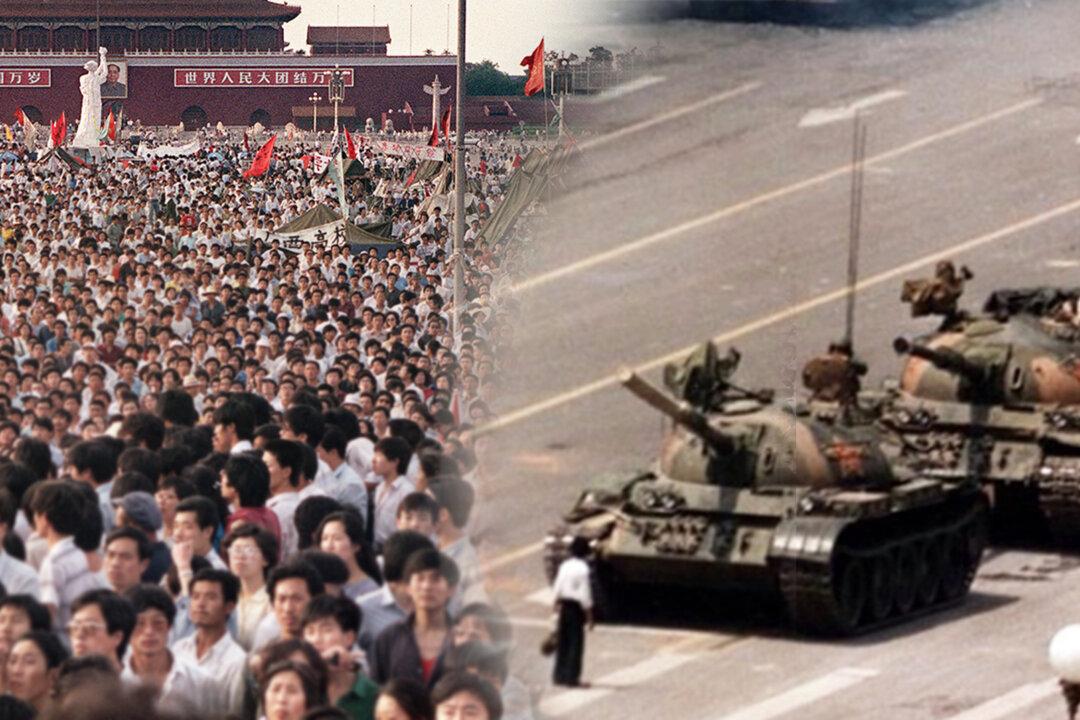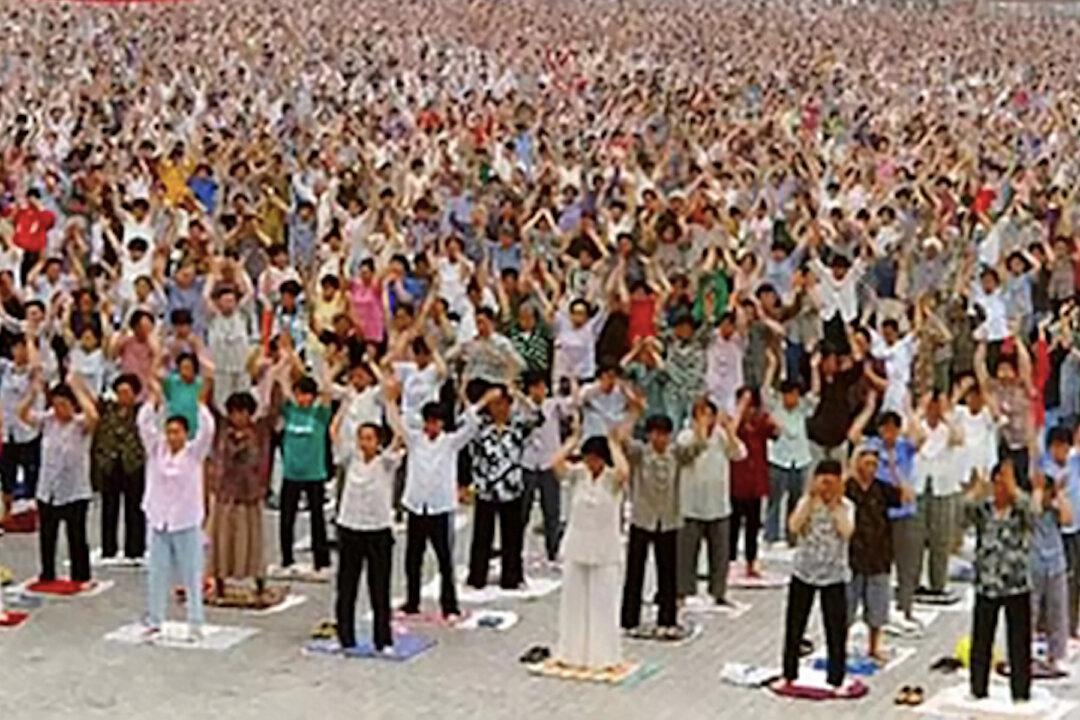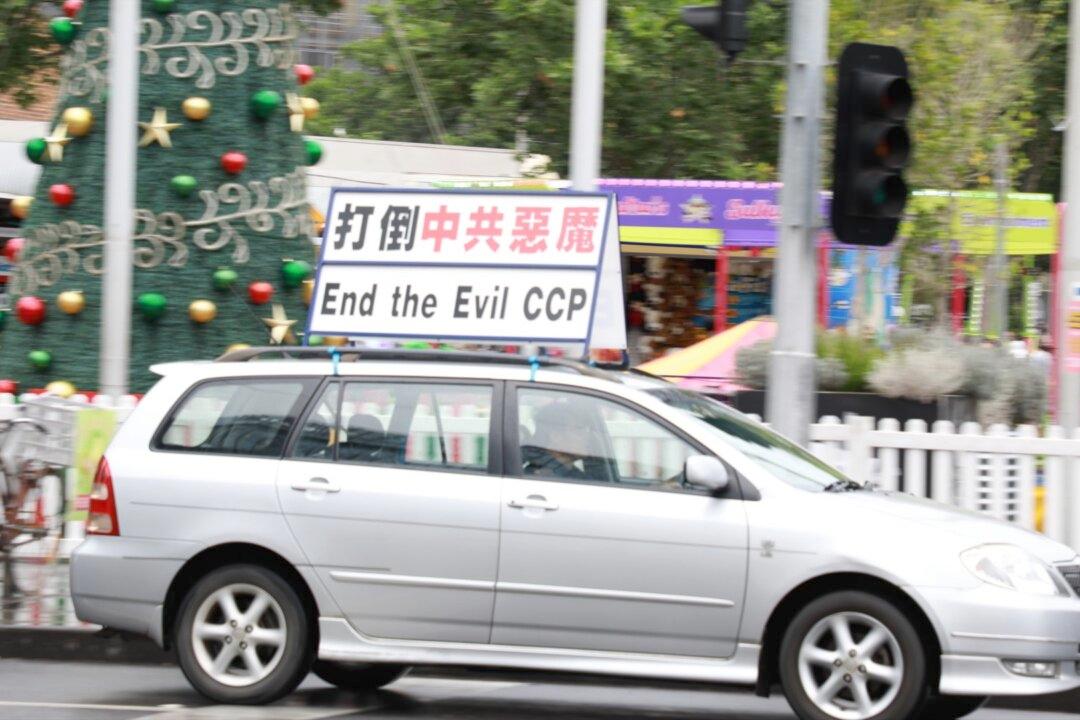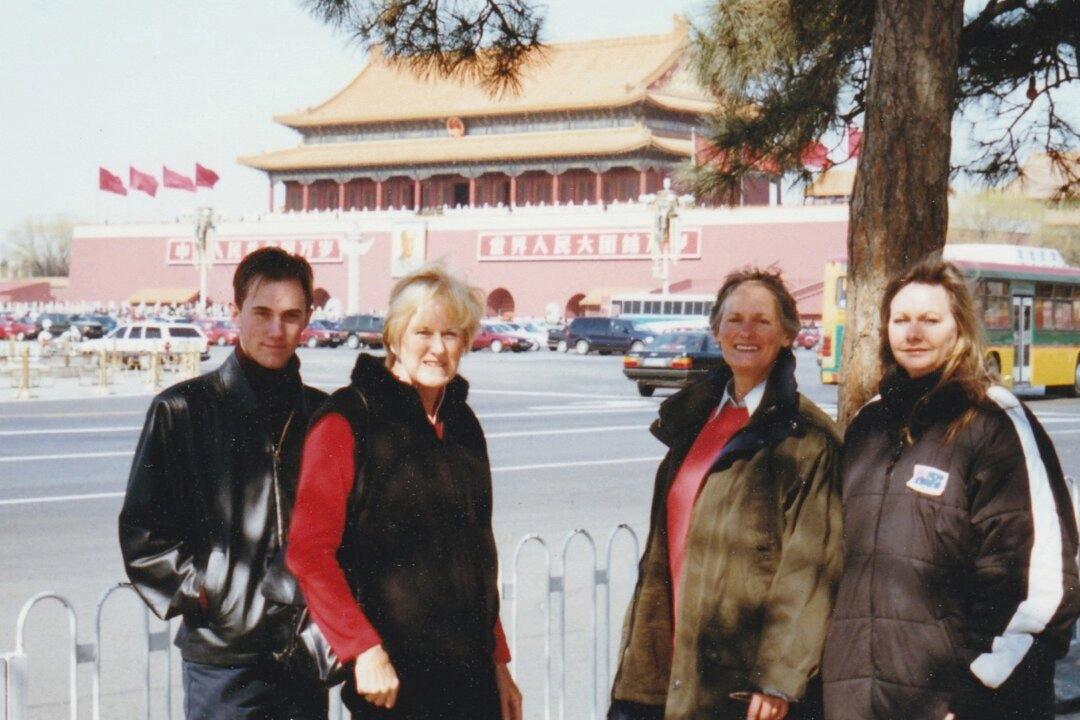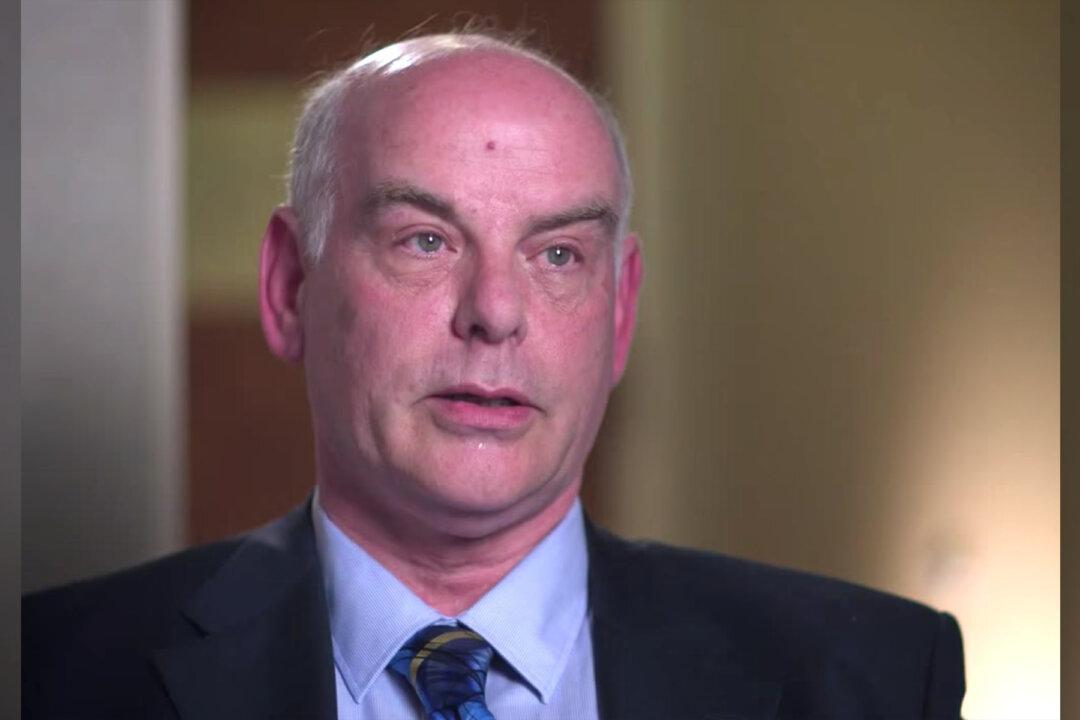WARNING: THIS ARTICLE INCLUDES IMAGES SOME READERS MAY FIND DISTURBING
Following the sudden death of a beloved political reformer, Hu Yaobang, 200,000 students gathered at Tiananmen Square in Beijing, China, on April 22, 1989, to await the hearse carrying Hu’s body—but it never arrived. The mass of students were angered, and their burning desire for freedom could be contained no more.

